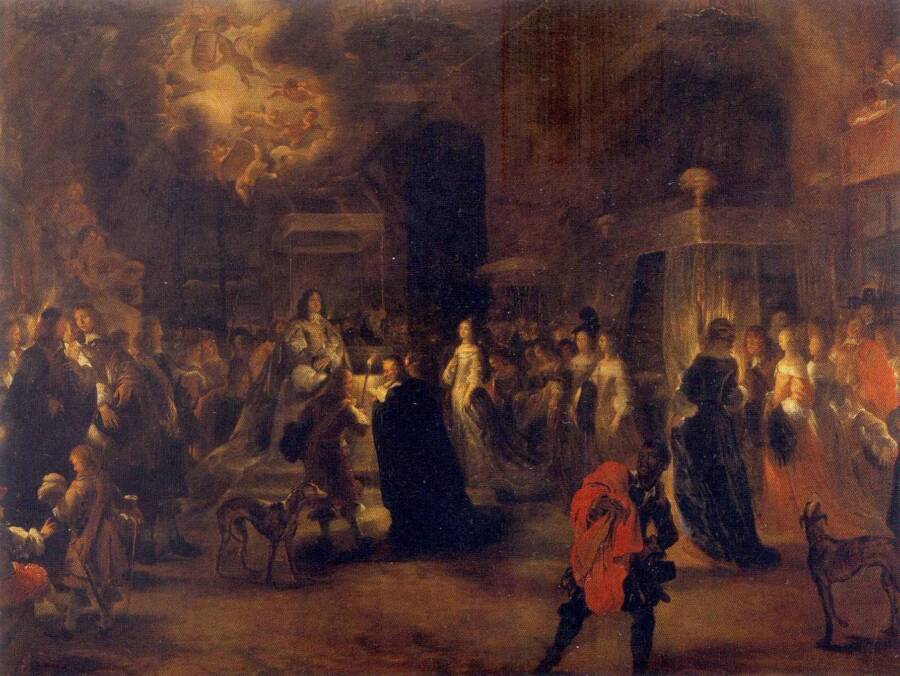Inside Medieval Bedding Ceremonies

Wikimedia CommonsMedieval weddings didn’t require formal ceremonies until the 12th century — but they often saw attendees carry the bride to her bed to consumate the marriage.
While many devout couples today agree to wait until marriage until they have sex, the medieval custom of bedding ceremonies let wedding attendees witness the act first-hand. Practiced across cultures in Medieval Europe, beddings symbolized the community’s faithful involvement in the couple’s marriage.
Friends and relatives most commonly participated in beddings, but acquaintances and locals also joined in. The ceremony began with a priest blessing the bed as the couple drank wine while bridesmaids and groomsmen threw the pair’s stockings at them — with a direct hit suggesting the thrower would soon marry.
When this antiquated ritual concluded, the bed curtains were drawn, and the couple consummated their marriage. This was overwhelmingly done in private, though some scholars claim even the intercourse was observed by participants. Even royals like Catherine of Aragon were bedded after their weddings.
“Catherine was led from the wedding feast by ladies in waiting, then courtiers de-robed Henry (VIII) in the bedchamber,” explained historian Lucy Worsley. “Until the very last minute, the room would have been full of people cheering them on.”
Beddings grew increasingly rare in the 17th century. King Charles I of England, who reigned from 1625 to 1649, vehemently refused to participate in the act. Nonetheless, beddings continued for at least another century. King William III and Mary II were not only bedded by uncle Charles II — but cheered on during sex.





